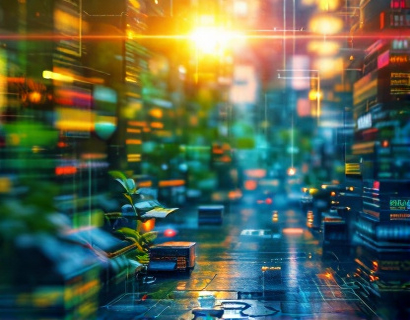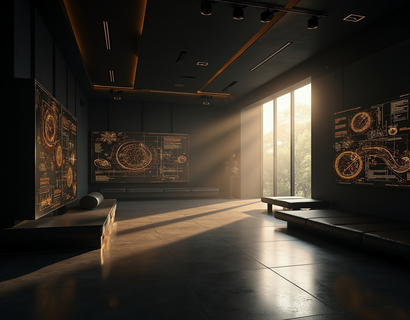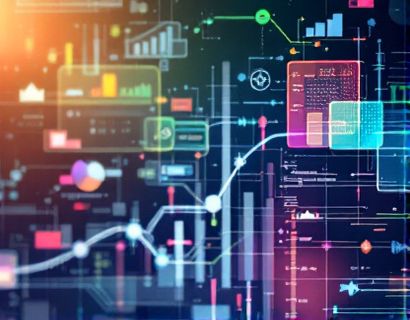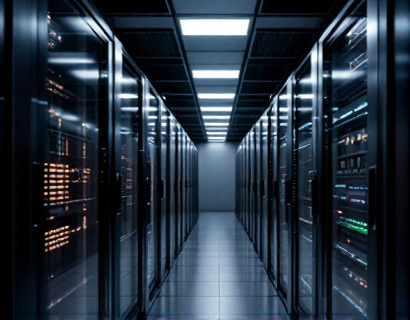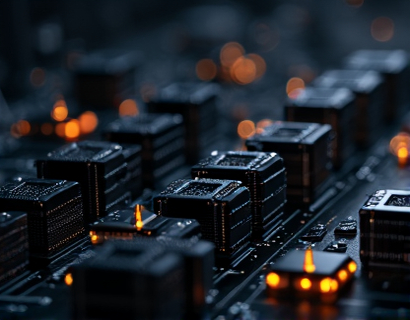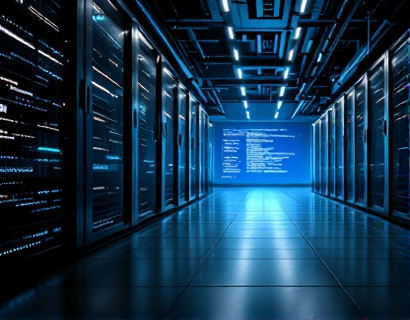Maximize Your Indoor Garden: Advanced Tech for Optimal Solarium Ecosystems
In the quest for a thriving indoor garden, the integration of advanced technology plays a pivotal role in transforming light, climate, and automation into a symbiotic ecosystem that ensures optimal plant growth and sustainability. This article delves into the cutting-edge solutions that can elevate your indoor gardening experience, creating a high-tech garden oasis where technology and nature seamlessly converge. By leveraging innovative technologies, gardeners can tailor their environments to meet the specific needs of their plants, resulting in unparalleled growth and sustainability.
Understanding the Basics of Indoor Gardening Technology
Indoor gardening has evolved significantly with the advent of advanced technologies designed to mimic and enhance natural conditions. The core components of a sophisticated indoor garden system include artificial lighting, climate control, and automation. Each of these elements works in concert to create an optimal environment for plant growth.
Artificial lighting is crucial in indoor gardens, especially for those located in areas with limited natural sunlight. LED grow lights have become the preferred choice due to their energy efficiency and ability to emit specific spectra of light that are most beneficial for different stages of plant growth. These lights can be customized to provide the exact light conditions required by various plants, from seedling to flowering stages.
Climate control involves managing temperature, humidity, and air circulation within the indoor garden. Advanced systems use sensors and smart controllers to monitor and adjust these parameters in real-time, ensuring that conditions remain within the ideal range for plant health. Proper climate control not only promotes growth but also helps prevent diseases and pests that thrive in suboptimal conditions.
Automation is the backbone of a modern indoor garden, streamlining tasks and reducing the need for manual intervention. Automated systems can control lighting schedules, water delivery, nutrient dosing, and more. This level of automation not only saves time but also ensures consistency and precision in care, leading to healthier plants and higher yields.
Optimizing Light for Plant Growth
The quality and quantity of light are critical factors in indoor gardening. Different plants have varying light requirements, and using the right type of lighting can significantly impact growth and health. LED grow lights are highly adaptable and can be tuned to emit specific wavelengths that correspond to the light spectrum plants need most. For example, blue light is essential for vegetative growth, while red light is crucial for flowering and fruiting stages.
One advanced solution is the use of full-spectrum LED lights that mimic natural sunlight, providing a balanced light output that supports all stages of plant development. These lights are energy-efficient and produce minimal heat, reducing the risk of overheating and the need for additional cooling systems. Additionally, some LED panels come with adjustable intensity settings, allowing gardeners to fine-tune the light output based on the specific needs of their plants.
Another innovative approach is the implementation of dynamic lighting systems that adjust light intensity and spectrum throughout the day to simulate natural daylight cycles. This can help regulate plant circadian rhythms, leading to more robust growth and better overall health. Some systems even incorporate AI algorithms that analyze plant responses and adjust lighting conditions accordingly, ensuring optimal growth at every stage.
Creating the Perfect Climate
Maintaining the right climate within an indoor garden is essential for plant health and productivity. Advanced climate control systems use a combination of sensors, controllers, and actuators to monitor and adjust temperature, humidity, and air circulation. These systems can be programmed to maintain specific conditions tailored to the needs of different plant species.
Temperature control is vital, as most plants thrive within a narrow range of temperatures. Overheating or cooling can stress plants and hinder growth. Advanced thermostats and heating/cooling units can be integrated into the climate control system to maintain precise temperature settings. For instance, during the night, some systems can lower the temperature to simulate natural night conditions, which is beneficial for many plants.
Humidity control is equally important, as both high and low humidity levels can negatively affect plant health. Advanced humidifiers and dehumidifiers can be automated to maintain optimal humidity levels. Some systems use real-time data from humidity sensors to adjust moisture levels, ensuring that plants receive the right amount of moisture without the risk of over or under-hydration.
Air circulation is crucial for preventing the buildup of stagnant air, which can lead to mold and disease. Fans and ventilation systems can be automated to provide consistent airflow, promoting healthy growth and reducing the risk of pests and diseases. Some advanced systems even use smart fans that adjust their speed based on temperature and humidity levels, optimizing air movement without causing drafts.
Automation for Efficient Gardening
Automation is the key to a low-maintenance, high-yield indoor garden. By automating various aspects of garden management, gardeners can save time and ensure that their plants receive consistent care. Automated systems can control a wide range of functions, from lighting and climate to water and nutrient delivery.
One of the most significant benefits of automation is the ability to create customized schedules for lighting and climate control. For example, lights can be set to turn on and off at specific times to mimic natural daylight cycles, while climate control systems can adjust temperature and humidity based on the time of day and plant needs. This level of customization ensures that plants receive the optimal conditions for growth at all times.
Water and nutrient automation is another critical aspect of indoor gardening. Advanced irrigation systems can deliver precise amounts of water and nutrients directly to the roots, reducing waste and ensuring that plants receive exactly what they need. These systems can be programmed to water plants at specific intervals or based on soil moisture levels, preventing overwatering and underwatering.
Some systems even incorporate smart sensors that monitor soil conditions in real-time, adjusting water and nutrient delivery as needed. This data-driven approach not only optimizes plant health but also conserves resources, making the garden more sustainable. Additionally, automated fertilization systems can dose nutrients at optimal times, further enhancing plant growth and yield.
Customizable Solutions for Unique Needs
Every indoor garden is unique, with different plants requiring specific conditions to thrive. Advanced technology allows for highly customizable setups that can be tailored to meet the individual needs of any garden. Whether you are growing rare orchids, leafy greens, or fruiting plants, there are solutions available to create an environment that supports their specific requirements.
For instance, some systems offer modular components that can be combined in various configurations to suit different garden sizes and layouts. This flexibility allows gardeners to design a setup that fits their space and plant needs, from compact desktop gardens to large-scale commercial operations.
AI and machine learning technologies are also being integrated into indoor gardening systems, providing even more personalized solutions. These systems can analyze data from various sensors to identify patterns and make adjustments in real-time, optimizing conditions for maximum growth. Over time, these AI-driven systems can learn from past performance and make predictive adjustments, further enhancing the garden's efficiency and productivity.
Sustainability in Indoor Gardening
Sustainability is a growing concern in all aspects of gardening, and advanced technology plays a crucial role in making indoor gardens more eco-friendly. Energy-efficient lighting, precise climate control, and automated systems all contribute to reducing the environmental impact of indoor gardening.
LED grow lights, for example, consume significantly less energy than traditional lighting methods and have a longer lifespan, reducing the need for frequent replacements. Additionally, many advanced systems are designed to optimize energy usage, turning off unnecessary components when not in use and adjusting settings to minimize power consumption without compromising plant health.
Water conservation is another area where technology shines. Automated irrigation systems that use precision watering techniques ensure that plants receive only the water they need, reducing waste and conserving this vital resource. Some systems even recycle water, further enhancing sustainability.
By integrating these advanced technologies, indoor gardeners can create sustainable ecosystems that not only produce healthy, thriving plants but also minimize their environmental footprint. This approach aligns with the growing trend of eco-conscious gardening, making indoor gardens a viable and responsible choice for urban and rural alike.
Conclusion
Advanced technology has revolutionized indoor gardening, offering a range of innovative solutions that optimize light, climate, and automation to create a thriving ecosystem. By leveraging these technologies, gardeners can tailor their environments to meet the specific needs of their plants, resulting in unparalleled growth and sustainability. Whether you are a hobbyist or a professional, incorporating advanced technology into your indoor garden can transform your space into a high-tech oasis where nature and innovation coexist harmoniously.




